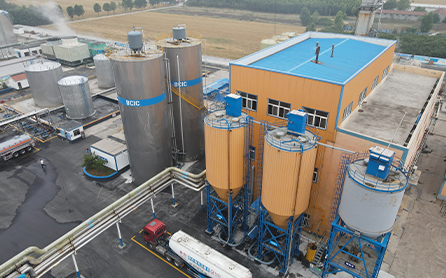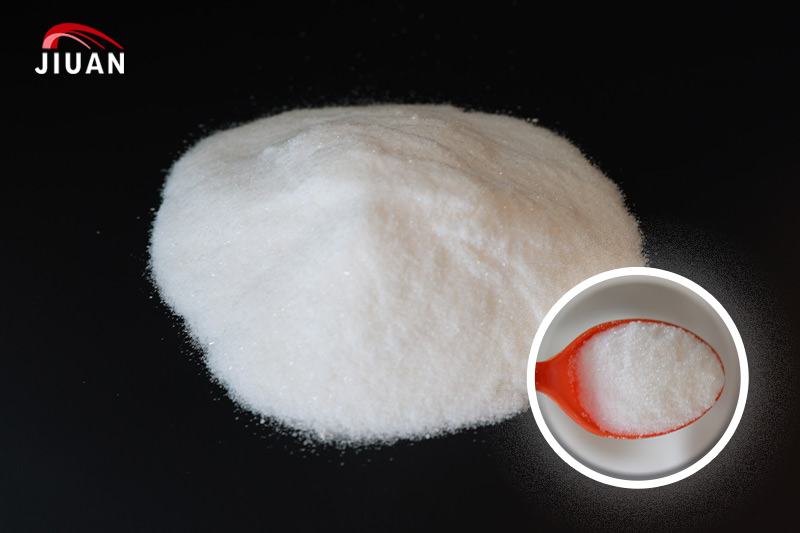مقدمة

فورمات الصوديوم هو ملح الصوديوم لحمض الفورميك مع الصيغة الكيميائية NaHCO2. وهي مادة صلبة بيضاء عديمة الرائحة تستخدم غالبًا في تصنيع المنتجات الجلدية والمبيدات الحشرية والأدوية والمواد الكيميائية التجارية الأخرى. يعد تحديد ما إذا كان فورمات الصوديوم يعمل كحمض أو قاعدة أمرًا مهمًا لفهم خصائصه وتطبيقاته الكيميائية.
In this blog post, we will provide ten helpful tips to avoid failure when working with sodium formate acid/base chemistry. From understanding pH and dissociation to proper storage and handling, these guidelines will set you up for success. With the right knowledge, you’ll be equipped to leverage the unique benefits of this adaptable compound while avoiding potential pitfalls.
Understand فورمات الصوديوم pH Levels
The first step is getting a handle on the pH levels of sodium formate under various conditions. Here’s a quick overview:
| Solution | pH Level | Acid/Base Classification |
|---|---|---|
| Solid sodium formate | Not applicable | Salt |
| Aqueous solution | 8.1 at 10 g/L | أساسي |
As you can see, solid sodium formate is considered a salt. However, when dissolved in water it displays basic properties with a pH above 7. Understanding these pH changes is key to classifying it as an acid or base.
Learn About Formate Ion Reactions
When sodium formate dissociates in water, it splits into sodium (Na+) cations and formate (HCO2-) anions. The formate ion can act as a weak acid or weak base depending on the conditions:
Acid reaction: HCO2- + H2O ⇌ H2CO3 + OH-
Basic reaction:
HCO2- + H+ ⇌ H2CO2
These equilibrium reactions control whether sodium formate displays acidic or basic traits. Recognizing this dissociation is vital for working with sodium formate chemistry.
| طلب | Acid/Base Use | Function |
|---|---|---|
| Leather tanning | Base | Promotes alkalinity during processing |
| Textile dyeing | pH control | Buffers pH levels for dye fixation |
| الكهربائي | Acid | Acts as reducing agent |
| Food preservative | Acid | Inhibits microbial growth |
Store Properly to Maintain Stability
Sodium formate can lose its potency over time if stored improperly. Here are some guidelines for maintaining stability:
- Store in a cool, dry location away from light and heat
- Use tightly sealed containers made of compatible materials
- Avoid moisture which can promote caking and degradation
- Shelf life is 2 years under proper conditions
Following these protocols will help sodium formate retain its acid/base capacities for longer durations.
Use Correct Safety Gear for Handling

As with any industrial chemical, utilizing the appropriate safety gear while handling sodium formate is critical. Recommended equipment includes:
- Dust mask to prevent inhalation of powders
- Splash goggles for eye protection
- Impervious gloves to reduce skin contact
Additionally, ensure the working area has adequate ventilation to limit exposure. Never eat, drink, or smoke when handling sodium formate. Following safety protocols helps minimize chemical spill risks as well.
التعليمات
Is aqueous sodium formate acidic or basic?
Aqueous solutions of sodium formate are mildly basic with a pH of 8.1 at 10 g/L concentrations. The formate anion displays basic characteristics in water.
Does solid sodium formate show acid/base properties?
No, the solid salt itself does not act as an acid or base and does not have a definable pH level. However, when dissolved in solvents like water, it demonstrates acidic or basic qualities through chemical dissociation.
What is the pKa of sodium formate?
The pKa value for sodium formate is around 3.75 at 25°C. This number refers to the acid dissociation constant of the formate ion in solution. The pKa helps quantify the balance between acid and base forms.
Is sodium formate corrosive?
In its solid form and at neutral pH levels, sodium formate has low corrosion potential. However, concentrated solutions with very high or low pH can display increased corrosivity, especially towards metals. Proper handling and storage pH values mitigate corrosion risks.
Perform pH Testing During Use
The acid/base behavior of sodium formate varies substantially depending on the concentration and application. Routine pH testing is essential to monitor chemistry changes:
- Use a calibrated digital pH meter for accuracy
- Test solutions periodically during processing
- Compare readings against expected range for application
- Adjust pH with compatible acids/bases as needed
pH measurements also indicate solution stability and degredation over time. For quality and safety, add pH analysis to your standard operating procedures when working with sodium formate.
Recognize Incompatible Materials
While compatible with many substances, sodium formate can react negatively with certain materials:
Incompatible substances:
- Strong oxidizers like nitric acid
- Strong acids such as hydrochloric acid
- Halogen gases including chlorine
- Nonferrous metals like zinc and copper
Reactions with these compounds can lead to dangerous decomposition byproducts. Review chemical compatibilities thoroughly before use to avoid issues. Also take precautions when changing acid/base conditions during processing.
Dispose of Waste Properly
When spent sodium formate solutions require disposal, follow local environmental protocols:
- Adjust to neutral pH before discharge if needed
- Dilute solutions with fresh water as applicable
- May qualify for cast-to-drain disposal depending on regulations
- Filter insoluble solids prior to transfer and disposal
Classifying waste by its chemical makeup and following legal discharge procedures reduces ecological impact. Ensuring proper sodium formate disposal maintains public and environmental safety.
Carefully Design Production Processes
To leverage sodium formate in manufacturing processes, facilities must intentionally design systems around its chemical behaviors:
- Recognize acid/base shifts at each step
- Control pH, temperature, and concentrations
- Standardize protocols for heating/cooling cycles
- Select compatible equipment and construction materials
- Train personnel on safe handling techniques
Building these considerations directly into production workflows is vital for both maximizing yields and avoiding safety mishaps.
Conclusion:Sodium Formate Acid Or Base
Working effectively with فورمات الصوديوم requires strategies for managing potential acid/base hazards. From fundamental chemistry knowledge to process design factors, this guide outlined ten tips that help avoid failures. While leveraging the strengths of this adaptable chemical, you can now proactively neutralize weaknesses as well. With science-backed handling and controlled reactivity, organizations can use sodium formate safely in their diverse applications.



